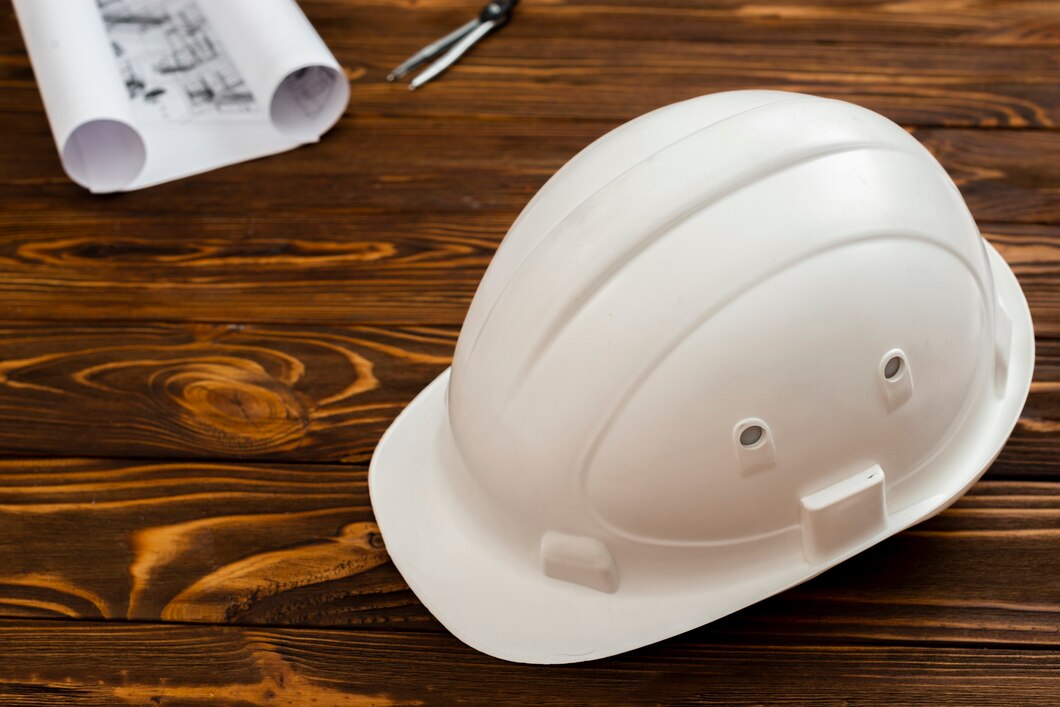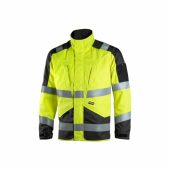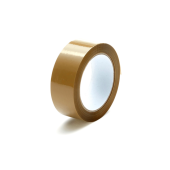Choosing the right hard hat for your job is important for ensuring comfort and safety. In this guide, we’ll help you understand the different types and classes of hard hats, so you can select the best protection for your work environment. By the end, you’ll be confident in choosing the right headgear for construction, electrical work, and more.
What You’ll Learn:
- Clear breakdown of hard hat types and classes
- Which helmet fits your specific needs
- How to maintain and replace your helmet for long-term safety
We’ve got all the information you need to make the best choice and stay fully protected on the job. Let’s get started!
Hard Hat Classes and Types
Hard hats are classified into two main categories: Type, which focuses on the direction of impact protection, and Class, which addresses electrical resistance. Each category reflects specific protection levels and functionality. Below, we’ll explore these distinctions in detail.
Hard Hat Types
- Type 1: Designed to protect against vertical impacts and penetration. These are common on construction sites.
- Type 2: Provides protection from both vertical and lateral impacts, making them ideal for high-risk environments such as industrial plants.
Hard Hat Classes
- Class G (General): Tested for electrical resistance up to 2,200 volts.
- Class E (Electrical): Offers protection up to 20,000 volts, essential for electricians and workers near high-voltage equipment.
- Class C (Conductive): Focused on impact protection but not designed to guard against electrical hazards.
European Standards for Hard Hats
In Europe, hard hats are designed to meet EN 397, the widely recognized standard for industrial helmets, ensuring reliable safety compliance. Learn more about EN Standards from this guide in Wikipedia.. Additional standards include:
- EN 50365: For helmets used in electrically insulated environments.
- EN 812: Covers bump caps, offering light impact protection in less hazardous environments.
Ensure your protective helmet carries appropriate CE marking, confirming compliance with these standards.
Choosing the Right Hard Hat for Your Needs
Consider the Work Environment
- Electrical Hazards: Opt for Class E helmets to ensure high-voltage protection.
- High-Impact Risks: Choose Type 2 helmets for added lateral protection.
- Low-Risk Tasks: For minimal hazards, lightweight options like bump caps may suffice. Learn more about bump caps.
Material and Features
Hard hats come in various materials, including polyethylene and ABS plastic. Features like adjustable suspension systems, sweatbands, and ventilation enhance comfort and usability.
Durability and Maintenance
Regularly inspect your hard hat for wear and follow the manufacturer’s guidance for replacements, especially after any strong or visible impact.
Comparison Chart: Hard Hat Types and Classes
| Feature | Type 1 | Type 2 | Class G | Class E | Class C |
| Impact Resistance | Vertical | Vertical + Lateral | Vertical | Vertical | Vertical |
| Electrical Resistance | No | No | Up to 2,200V | Up to 20,000V | None |
| Common Use | Construction | Industrial Plants | General Sites | Electrical Work | Lightweight Needs |
Common Misconceptions About Hard Hats

“One Hard Hat Fits All”
Different tasks and environments require specific classifications. Always check the label and certification before use.
“Hard Hats Last Forever”
Most hard hats are designed to remain effective for 3-5 years. Regular maintenance and adherence to manufacturer recommendations help keep your gear dependable.
“All Hard Hats Protect Against Electrical Hazards”
For electrical resistance, opt for Class G or Class E helmets designed specifically for these tasks.
When to Replace Your Hard Hat
For continued reliability, replace your construction helmet in these situations:
- It has sustained a significant impact.
- The suspension system shows signs of wear.
- It’s past the manufacturer’s recommended lifespan.
Proper maintenance extends the life of your hard hat, but eventual replacement is essential for safety.
Related Products and Guides
Selecting the right hard hat is just the beginning. Complement your gear with additional PPE:
- Hi-vis jackets: Stay visible in low-light environments.
- Cut-resistant gloves: Protect your hands during tasks involving sharp tools.
- Safety shoes: Ensure a firm grip and foot protection.
Looking for more buying advice? Learn what different colors signify and their importance in our guide to construction hard hat color codes.
Final Words
We hope this guide has helped clarify the essential factors for choosing the right hard hat, from understanding the different types and classes to ensuring compliance with safety standards. Whether you’re working on construction sites, in industrial plants, or around electrical hazards, we’re here to support your protection needs.
Explore the full range of Hard Hats on Droppe, where trusted brands and quality options are just a click away.
Have questions or need assistance in selecting the perfect helmet? Don’t hesitate to reach out—we’re always here to help ensure your safety and confidence in every purchase.
– The Droppe Team
Frequently Asked Questions
Most hard hats last 3-5 years, depending on material and usage. Always check manufacturer recommendations.
No, replace any hard hat showing cracks or damage to maintain safety.
Type 1 provides vertical impact protection, while Type 2 offers both vertical and lateral protection.
Yes, most hard hats come with adjustable suspension systems for a customized fit.
For minimal hazards, bump caps or lighter helmets may suffice, but check your workplace requirements.













